Many factors support coffee prices
In September 2024, world coffee prices continuously set new records due to concerns about unfavorable weather and supply shortages from the world's two leading coffee producing countries, Brazil and Vietnam, which have not improved. The congestion of transportation through the Red Sea and the weakening USD are factors supporting coffee prices.
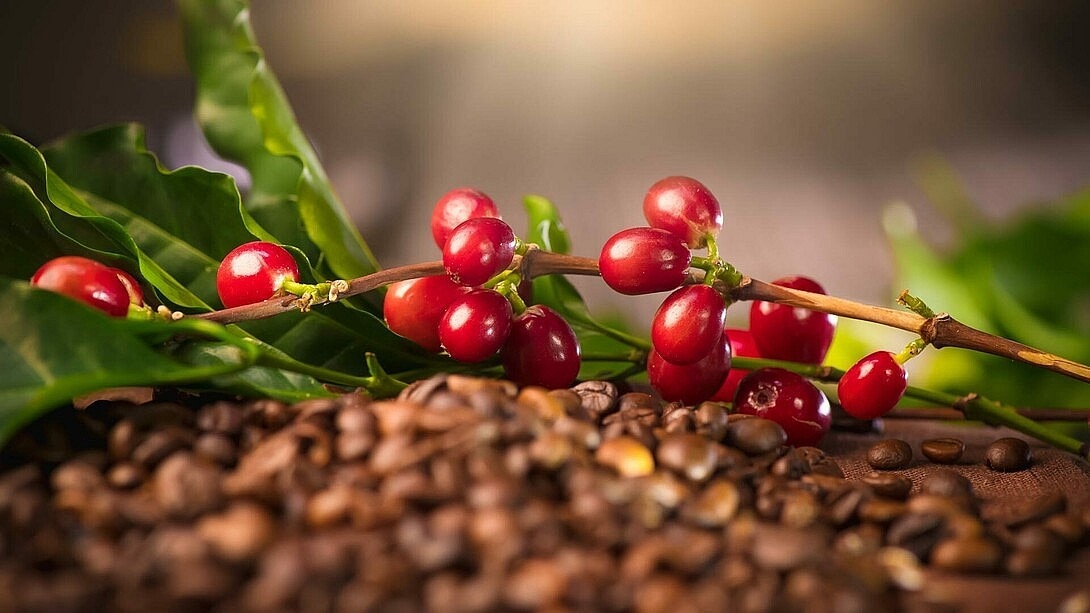 |
| Production declines, coffee exports are forecast to reach $6 billion in the 2024/25 crop year. Photo: choicerheumatology |
According to Hedgepoint Consulting, Brazil's coffee output in the 2024-2025 crop year is forecast to reach 63 million bags, down 3 million bags compared to the previous crop year; meanwhile, Vietnam's coffee output is estimated at about 27 million bags, lower than the previous forecast.
The global coffee market could be in deficit for the fourth consecutive year, due to falling output in Vietnam and Brazil, while it is expected that coffee prices will continue to be supported by fundamental factors in the coming time.
Previously, the Brazilian Agricultural Supply Agency (Conab) also adjusted the forecast for Brazil's coffee production in the 2024 crop year down to 54.8 million bags, down from the previously forecast 58.8 million bags. The main reason for the decline in production in both countries is due to adverse weather. In Brazil, although there has been rain, the amount of rain is not enough, causing some areas to still suffer from local drought.
Meanwhile, in Vietnam, after months of rain, coffee yields have improved compared to the drought at the beginning of the year. However, the market is still concerned about excessive rain due to the La Nina phenomenon during the harvest period, which continues to be a factor supporting strong coffee prices.
In September 2024, Robusta coffee prices in the Vietnamese market increased more slowly than world coffee prices. In the domestic market, coffee trading was quite quiet due to scarce supply. The market is expected to be more active in the coming time when the new harvest begins.
According to preliminary statistics of the General Department of Customs, Vietnam's coffee exports in September 2024 fell to the lowest level since the beginning of the year, estimated at 65,000 tons, worth 355.0 million USD, down 14.7% in volume and 11.6% in value compared to August 2024; however, compared to September 2023, it increased by 27.6% in volume and 110.8% in value.
In the first nine months of 2024, Vietnam's coffee exports are estimated at 1.12 million tons, worth 4.37 billion USD, down 10.5% in volume, but up 39.6% in value over the same period last year, thanks to a sharp increase in export prices.
It is estimated that in September 2024, the average export price of Vietnam's coffee will reach 5,469 USD/ton, up 3.6% compared to August 2024 and up 65.2% compared to September 2023. In the first 9 months of 2024, the average export price of Vietnam's coffee is estimated to reach 3,897 USD/ton, up 56.0% over the same period last year.
Mr. Nguyen Nam Hai - Chairman of the Vietnam Coffee and Cocoa Association (VICOFA) - said that right from the beginning of the last crop season, coffee prices reached 60,000 VND/kg, 20,000 - 25,000 VND/kg higher than the previous crop. Notably, coffee prices then continued to increase, sometimes exceeding 130,000 VND/kg and remaining at a high level of about 110,000 - 120,000 VND/kg before entering the new crop season (2024 - 2025).
Regarding exports, in the 2023-2024 crop year (from October last year to September this year), Vietnam exported nearly 1.45 million tons of coffee, expected to earn 5.32 billion USD - down 12.7% in output but up 30.4% in turnover. The coffee export turnover of the last crop year also reached a record level for the industry so far.
Looking at each type of exported coffee, it can be seen that the main one is still Robusta coffee with an estimated volume of nearly 1.23 million tons, a turnover of 4.32 billion USD - a decrease of nearly 18% in output but an increase of 24% in value thanks to increased export prices.
Notably, processed coffee (roasted and instant) exported about 130,150 tons (not converted to green coffee), turnover 898 million USD - increased 44.6% in volume and 76% in value. This shows that the coffee industry has increased deeply processed products, increasing export value in addition to exporting raw materials.
Coffee exports are forecast to reach a new peak.
Mr. Phan Minh Thong – General Director of Phuc Sinh Joint Stock Company – commented that the current price of raw coffee at over 5,000 USD/ton is high and may have to be adjusted down. However, coffee prices will remain high for the next 5 years, as world coffee production has not yet recovered after the Covid-19 pandemic.
Robusta coffee prices are moving closer to Arabica prices, while global exports surge to new highs, the International Coffee Organization (ICO) said in a recent report.
The report said that global coffee prices monitored and compiled by the ICO (I-CIP) averaged 258.9 US cents/pound in September, up 8.4% from the previous month and up 69.1% year-on-year.
Prices for Colombian Arabica and other Arabica coffee increased by 5.9% and 6.5% month-on-month, reaching 279.3 US cents/pound and 278.5 US cents/pound, respectively. Similarly, Brazilian Arabica prices also increased by 6.2% to 257.2 US cents/pound in September. Notably, Robusta coffee prices recorded the strongest increase, up 12.8% to 242.1 US cents/pound.
On the ICE Futures Market in New York and London, Arabica and Robusta coffee prices increased by 6% and 13.8%, respectively, to 253.9 US cents/pound and 225.7 US cents/pound. This is the highest level since September 2011 for Arabica coffee futures and the highest level since May 1977 for Robusta coffee futures. The price gap between the London and New York futures markets narrowed by 31.8% to 28.2 US cents/pound in September, the lowest level since March 2003.
Robusta, which is priced lower than Arabica, is gaining popularity in all markets. Robusta bean prices have risen 13% in the past year due to rising global demand, especially in price-conscious emerging markets such as Russia and Brazil.
The price of Vietnamese Robusta coffee has increased sharply. In fact, there have been customers in Europe who have bought Conilon coffee (Brazilian Robusta coffee) to replace Vietnamese Robusta coffee when making instant coffee, but it has not been accepted by consumers. According to Mr. Do Ha Nam - Vice President of VICOFA, the reason is that although both are Robusta coffee, the flavor of Vietnamese Robusta coffee is very different from Conilon coffee. "Even our company, Intimex, has imported Conilon coffee to try to mix it into instant coffee produced by the group but has not been successful," Mr. Do Ha Nam shared.
According to industry experts, in the past, the price of Vietnamese Robusta coffee was quite cheap, so European companies prioritized using and blending it when producing instant coffee. Over the decades, European consumers have become too familiar with the taste of Vietnamese Robusta coffee in instant coffee products. Therefore, if you want to replace Vietnamese Robusta coffee with Conilon coffee, it will take a very long time.
In Vietnam, the new 2024/25 coffee crop has begun to be harvested, with the Vietnam Coffee and Cocoa Association predicting output of 1.47 million tons, a sharp decrease compared to the previous crop due to unfavorable weather, but exports could reach 5-6 billion USD thanks to high prices.
| Coffee prices today, October 13, ranged from 113,000 to 113,700 VND/kg. Overall, last week, Robusta coffee futures for November delivery fell by 241 USD/ton. Arabica coffee futures for December delivery fell by 5.3 cents/lb. Domestic coffee prices lost an average of 2,500 to 3,000 VND/kg. |


![[Photo] Discover unique experiences at the first World Cultural Festival](https://vphoto.vietnam.vn/thumb/1200x675/vietnam/resource/IMAGE/2025/10/11/1760198064937_le-hoi-van-hoa-4199-3623-jpg.webp)


![[Photo] Opening of the World Cultural Festival in Hanoi](https://vphoto.vietnam.vn/thumb/1200x675/vietnam/resource/IMAGE/2025/10/10/1760113426728_ndo_br_lehoi-khaimac-jpg.webp)

![[Photo] General Secretary attends the parade to celebrate the 80th anniversary of the founding of the Korean Workers' Party](https://vphoto.vietnam.vn/thumb/1200x675/vietnam/resource/IMAGE/2025/10/11/1760150039564_vna-potal-tong-bi-thu-du-le-duyet-binh-ky-niem-80-nam-thanh-lap-dang-lao-dong-trieu-tien-8331994-jpg.webp)
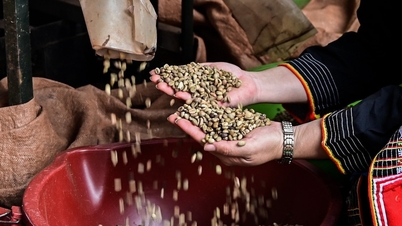

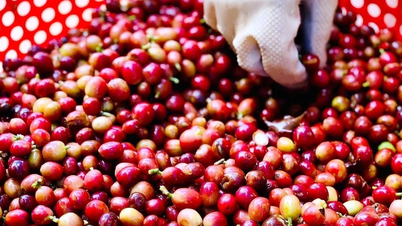






















![[Photo] Ho Chi Minh City is brilliant with flags and flowers on the eve of the 1st Party Congress, term 2025-2030](https://vphoto.vietnam.vn/thumb/1200x675/vietnam/resource/IMAGE/2025/10/10/1760102923219_ndo_br_thiet-ke-chua-co-ten-43-png.webp)
































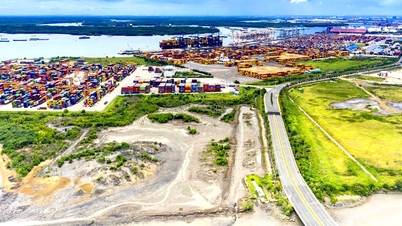
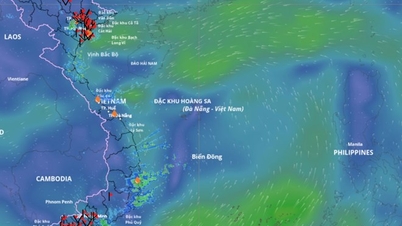












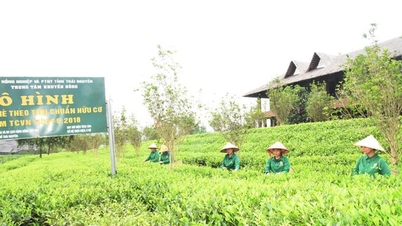







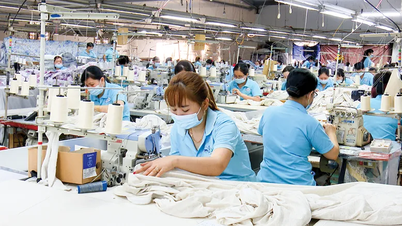
















Comment (0)